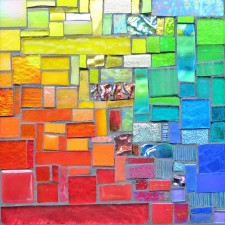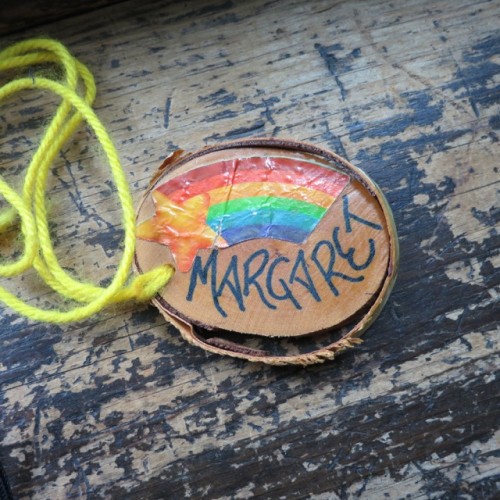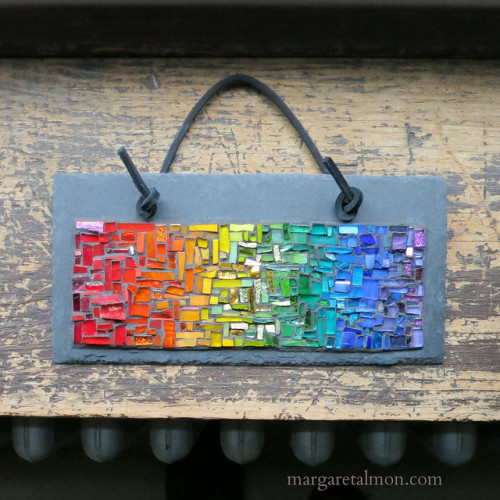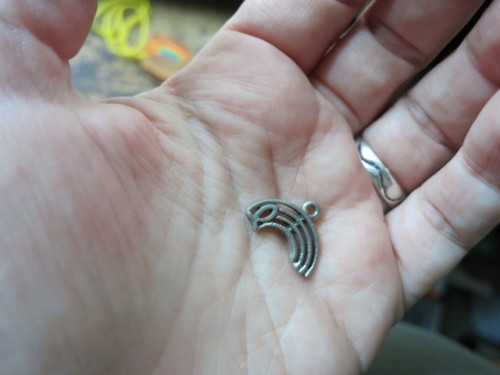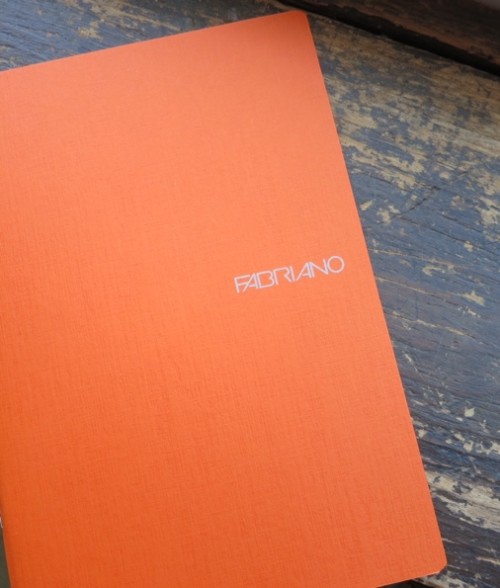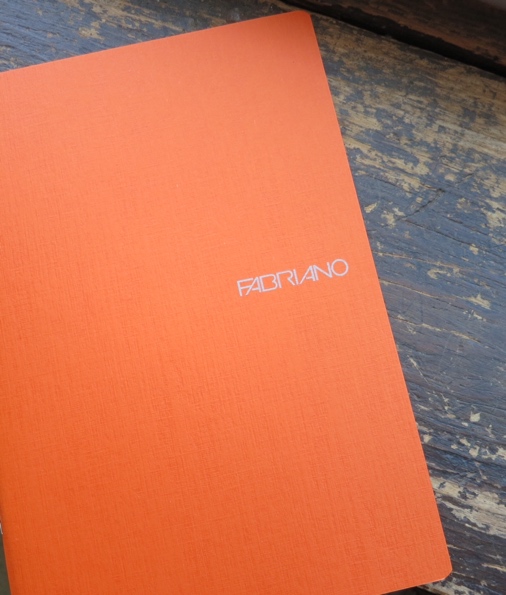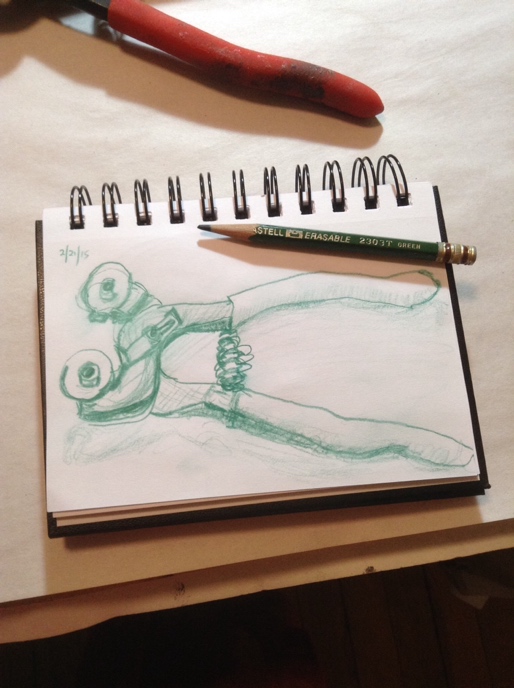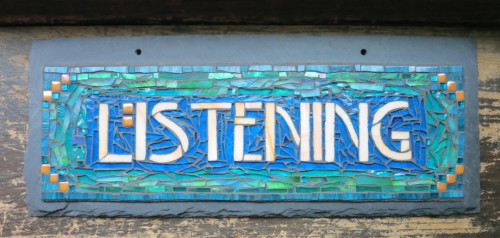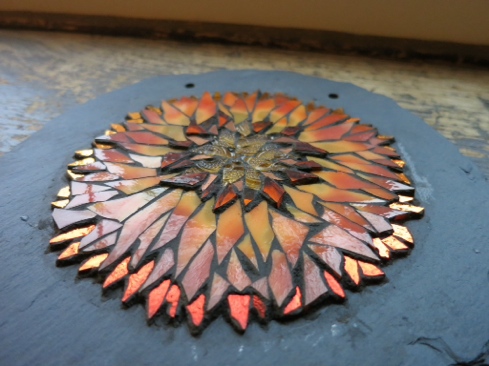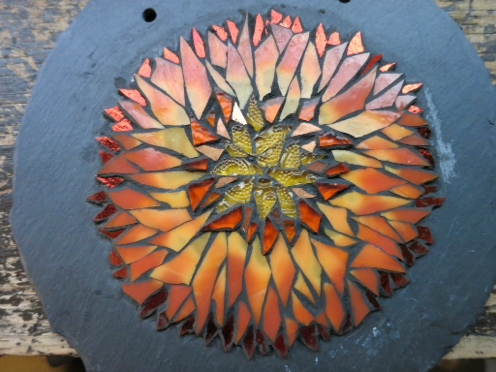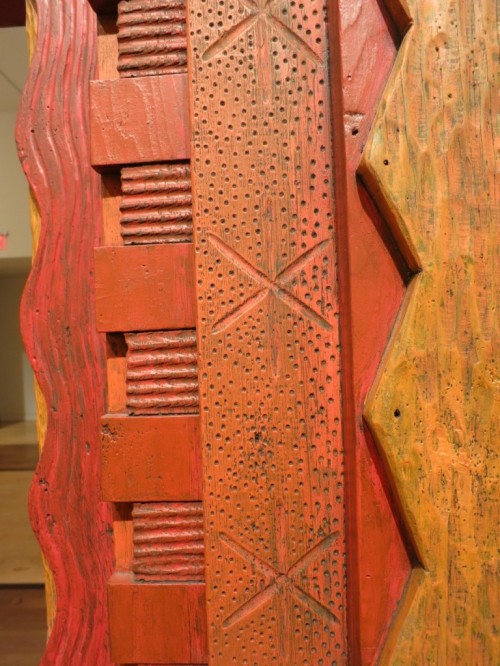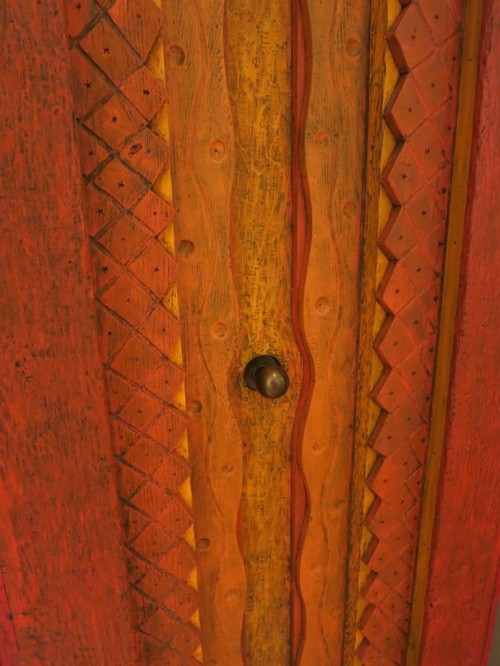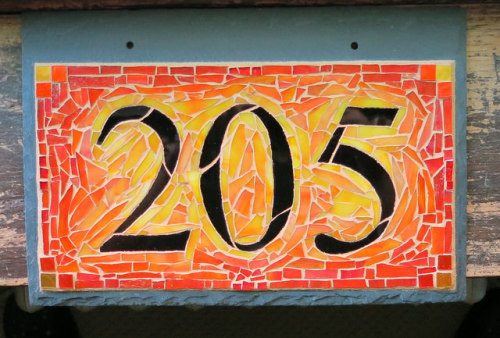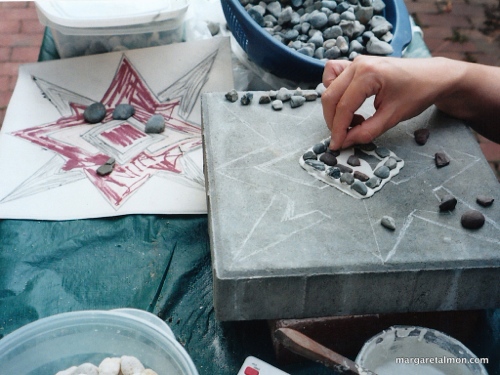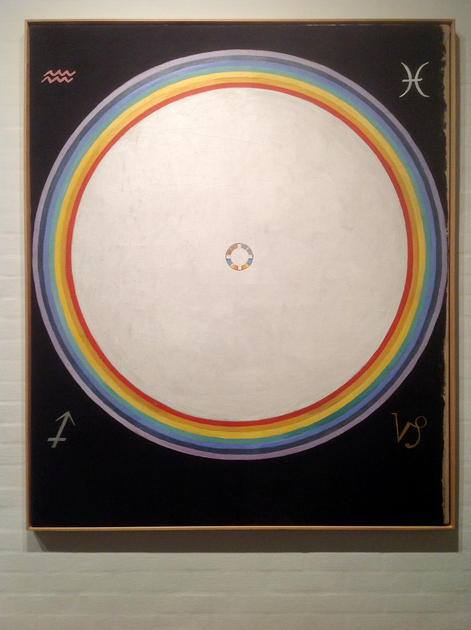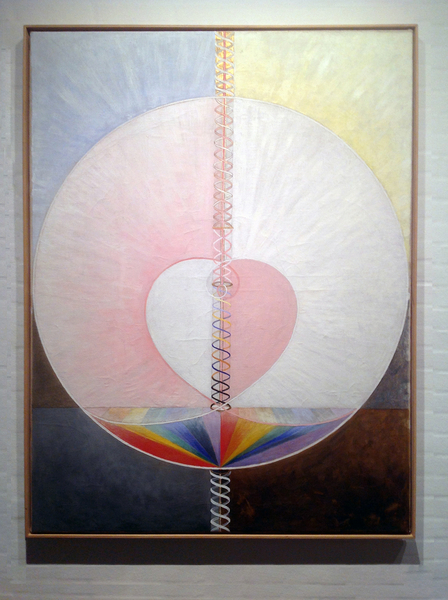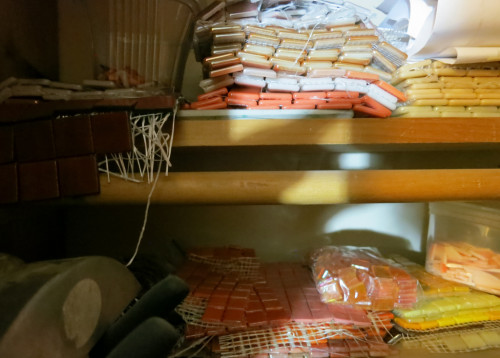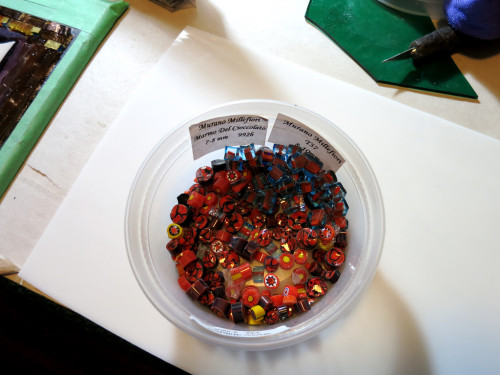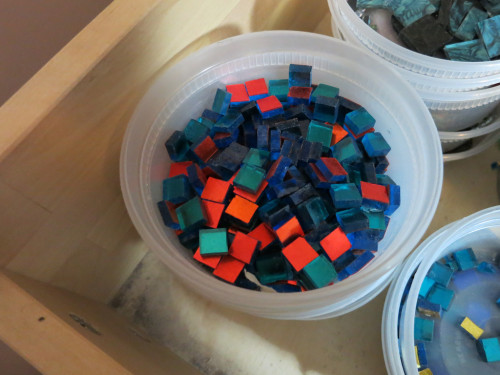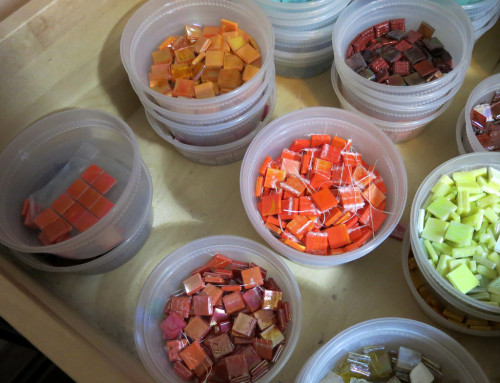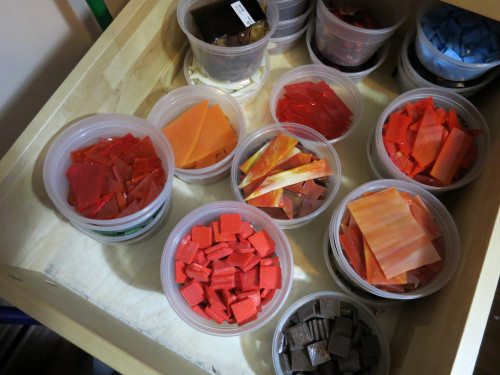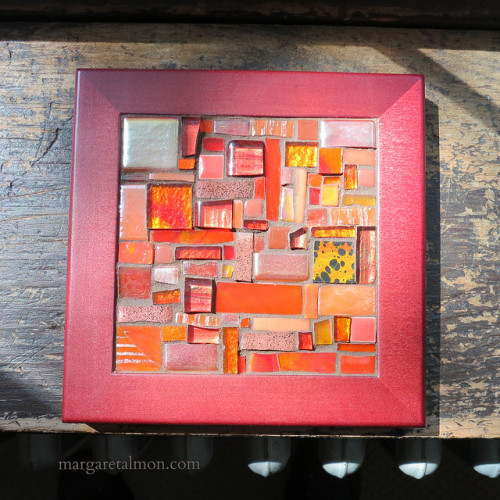
The individual pieces that make up a mosaic are called tesserae, and making a topography of tesserae is restorative to my soul. Especially in orange. Sometimes I get this longing to make something without knowing how it will turn out. My artist self can be very astute and wise in the studio, in ways that are much more difficult for me when out of the studio.
Out of the studio, I expect myself to know how things will turn out, in advance, in omniscience, in complete certainty. Then I notice the impossibility of this, and often have sharp words for myself about being perfectionistic, and then if I am paying attention, I will notice this as well, and grant myself a moment of grace.
There are ways in which this patchwork trivet is imperfect. It is bumpy, with crooked edges, and scratches, gaps in the grout, and unevenness of color in the finish of the frame. Perhaps you catch yourself thinking, “But I like that it looks like it was made by hand instead of a machine” or maybe you see the whole rather than the individual tesserae. This is when my wise artist self says, “You like this and if it has to meet some imaginary idea of perfect, you won’t make any art at all. So what shall you choose?”
More ponderings in these posts:
The Beauty of Imperfection: Hozho
The Perfect Imperfections: Wabi Sabi
